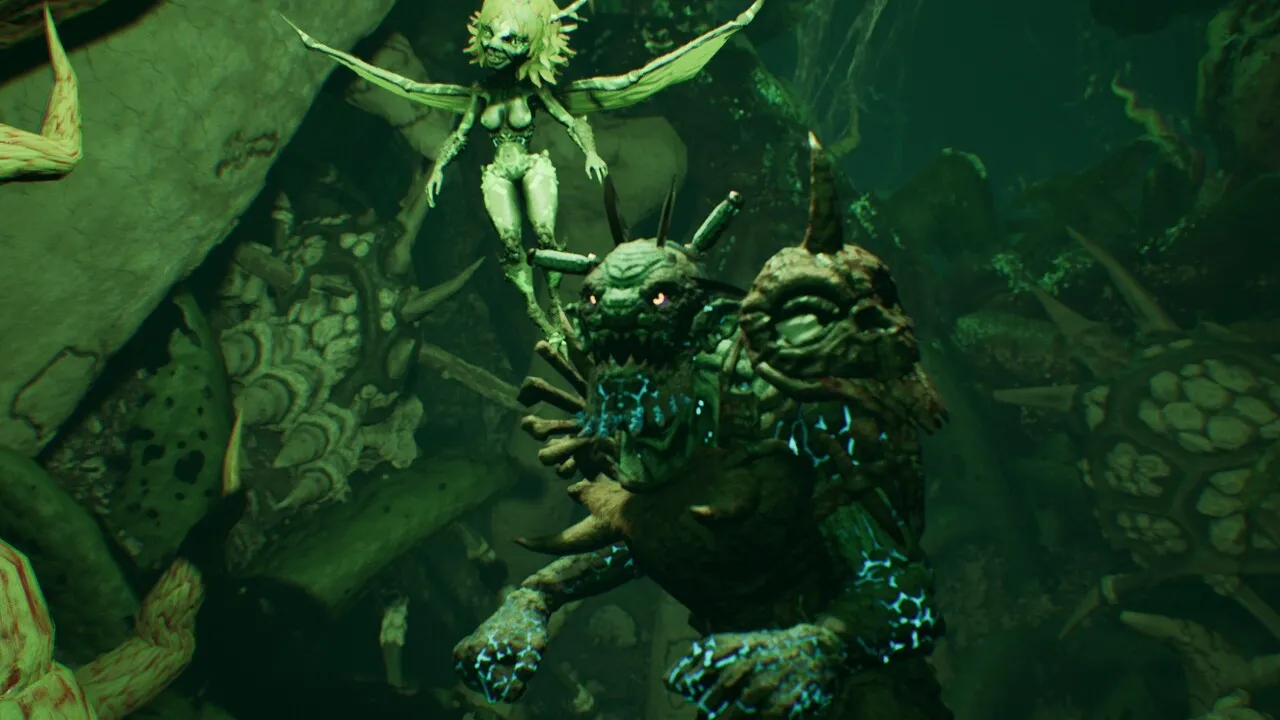
Arboria: A Unique Rogue-like with Frustrating Flaws
The rogue-like genre, with its permadeath, procedural generation, and vast item pools, has become a popular choice for developers, especially smaller, independent studios. This formula easily hooks players into a cycle of grinding, creating tension and excitement as they face high-stakes situations, often leading to dozens of hours of gameplay. Arboria, a 3D action rogue-like, attempts to capitalize on this appeal, but does it succeed? Let’s delve into the world of Arboria and uncover its strengths and weaknesses.
Arboria immediately grabs attention with its distinctive art style. The characters, from the wizened village elder to the hardened fairy, possess a peculiar, almost grotesque design. While beauty is subjective, the game’s aesthetic is undeniably unique, setting it apart from current trends.
Beyond its visuals, Arboria presents an easily digestible narrative that gradually unfolds the world’s lore and backdrop throughout the gameplay. Developed by Dreamplant, the game effectively utilizes its unusual yet captivating setting. Players take on the role of chosen troll warriors from the Yotunz tribe, embarking on a journey to explore Durnar, an underground dungeon, to heal the Father-Tree and uncover the mysteries surrounding the gods within.
 Arboria's unique character design
Arboria's unique character design
The gameplay features third-person action combat reminiscent of Dark Souls, blended with rogue-like elements. Players spend most of their time engaging enemies with their primary weapon, utilizing a responsive dodge roll to evade attacks. The dodging mechanic is forgiving, allowing players to cancel most actions to avoid damage. Enemy attack patterns are predictable, making combat accessible even for newcomers.
Arboria’s combat encourages a balance of aggression and caution. While players can strategically take down enemies one by one, carefully navigating each encounter provides a satisfying sense of accomplishment. The player’s arsenal includes various symbiont weapons like axes, swords, and spears, complemented by bio-mutations that function as special abilities, consuming energy upon use. Armor, potions, and bombs provide additional support, allowing players to overcome challenging encounters.
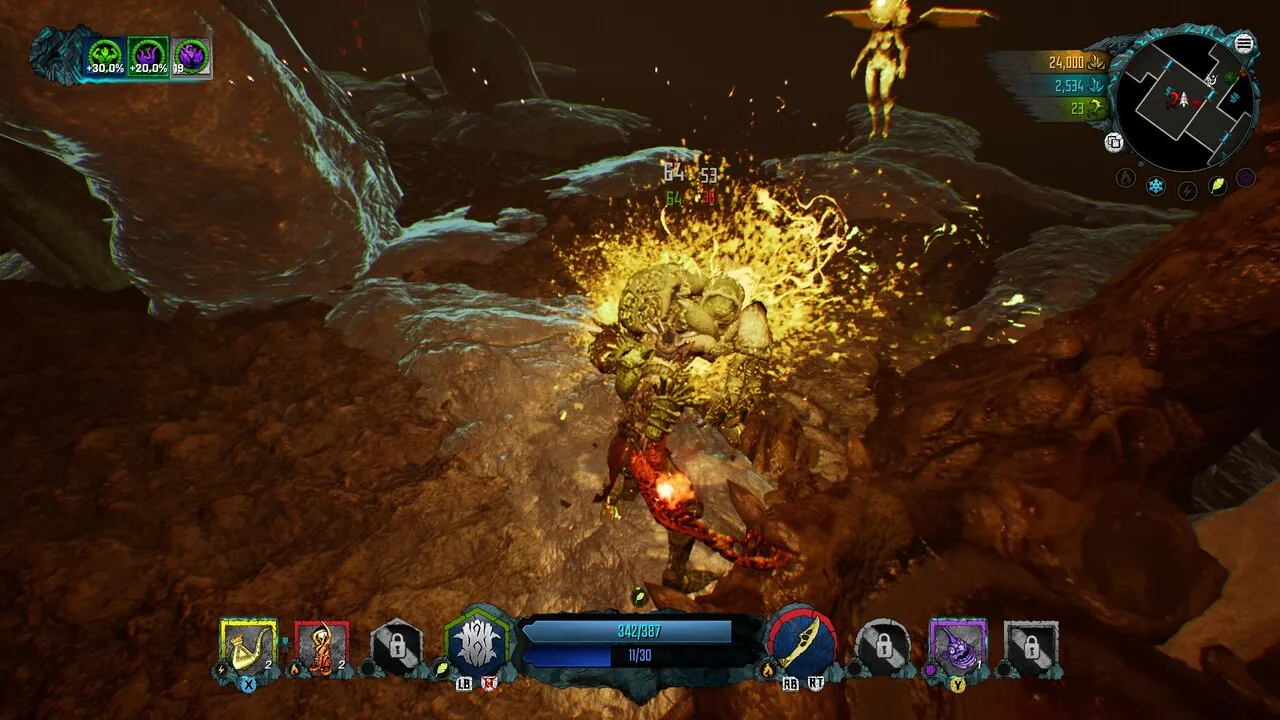 Exploring the Depths of Durnar
Exploring the Depths of Durnar
The procedural generation of levels and equipment ensures each playthrough feels fresh and diverse. Upon death, a new warrior is assigned with randomized stats and passive abilities. However, Arboria offers a robust character improvement system, allowing players to influence future warriors’ stats and increase their chances of inheriting beneficial traits.
Arboria’s upgrade system is extensive, allowing players to improve the likelihood of obtaining desirable stats for subsequent warriors. Upgrades require Veri, the game’s primary currency, obtained from crystal formations, defeated enemies, and completed objectives. Dungeon levels lack mandatory objectives, offering freedom to pursue various goals like collecting items, healing the Father-Tree’s roots, or simply rushing to the next level’s entrance without engaging enemies.
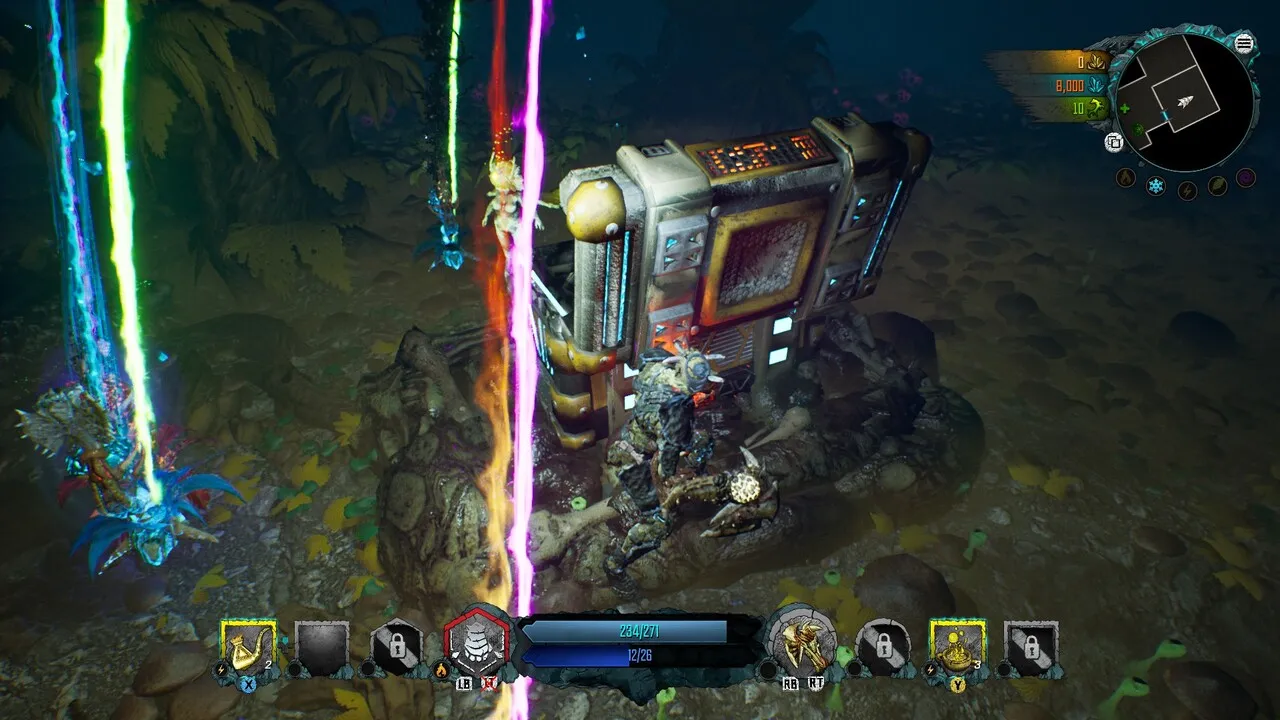 Upgrading Your Arsenal
Upgrading Your Arsenal
Completing objectives often unlocks additional character upgrade options. Healing the Father-Tree’s roots unlocks support characters like Tadd Da Bat and Muldogg Da Distortyd, who offer upgrades to starting equipment and character stats.
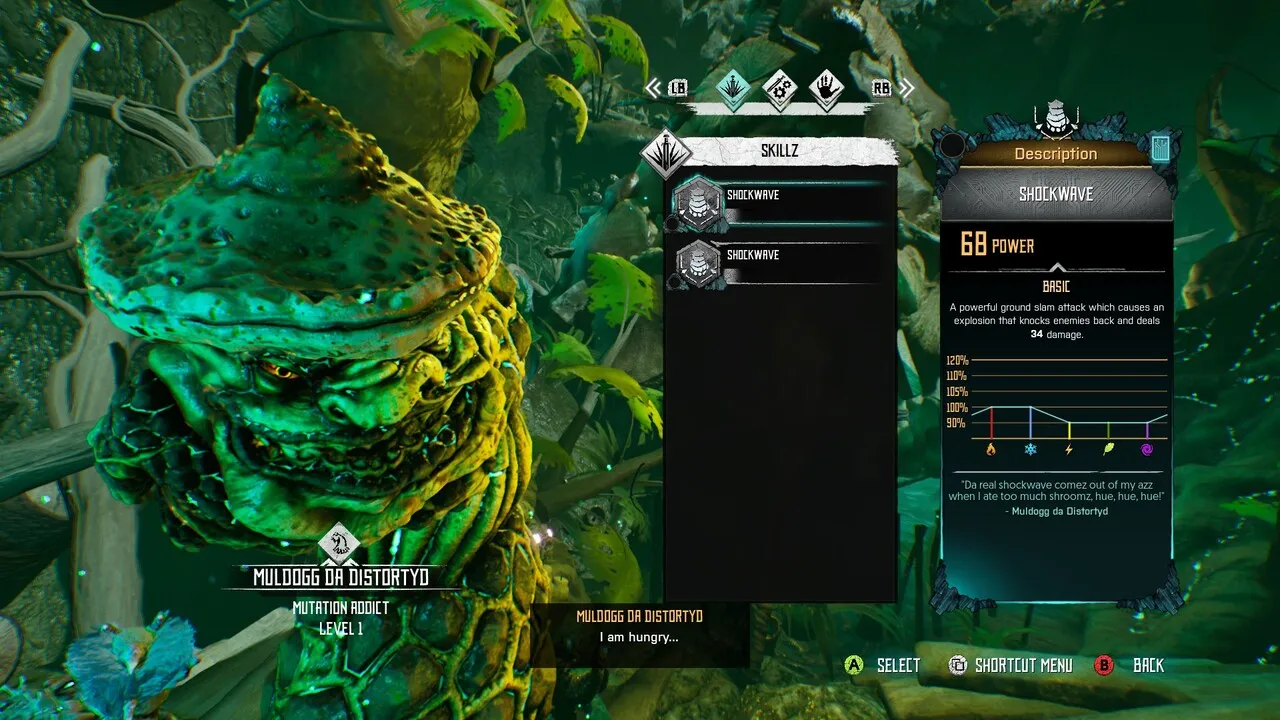 The Father-Tree and its Roots
The Father-Tree and its Roots
Arboria also features an elemental system, where certain weapons are more effective against specific enemy types. For instance, fire weapons counter ice, while plant-based weapons are strong against shadow enemies. This seemingly simple mechanic adds depth to the combat and integrates well with the character progression system. Players can collect essences and infuse them into weapons or armor to enhance their effectiveness against specific elements. These infusions not only deal significant bonus damage but also inflict status effects, like burning or delayed explosions.
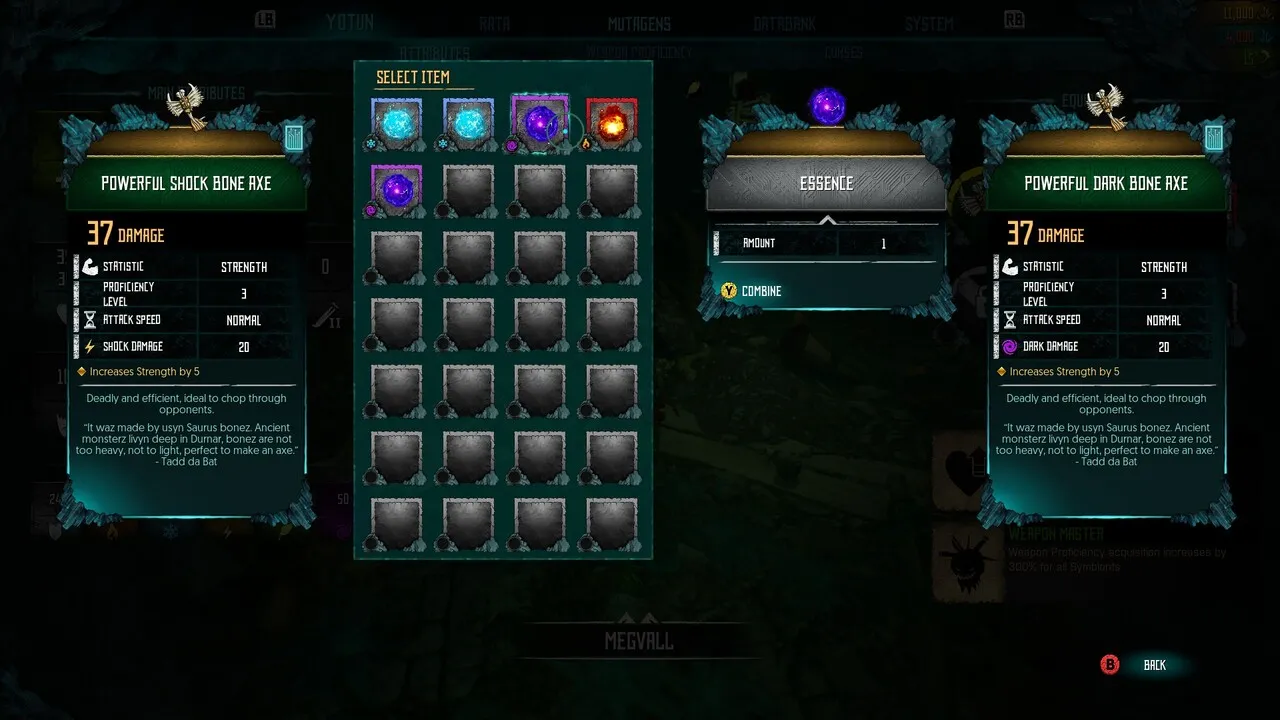 Elemental Infusions
Elemental Infusions
While Arboria’s lengthy gameplay is a strength, the way it extends playtime introduces some unfair elements. Later levels ramp up difficulty by increasing enemy strength and durability, incorporating traps, and transforming levels into complex mazes. While not mandatory, players often need to grind for equipment and resources to progress, leading to repetitive gameplay. Death also requires appeasing the gods with Veri, lest the next warrior be significantly weaker.
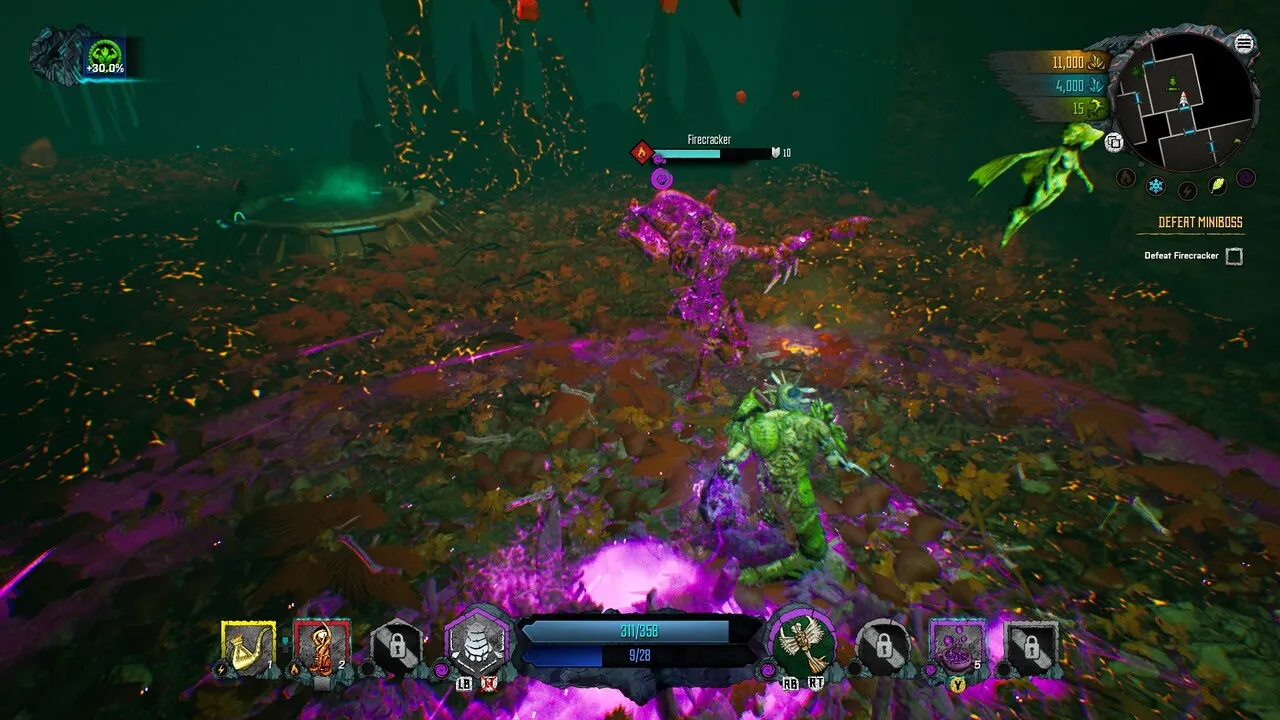 The Dangers of Durnar
The Dangers of Durnar
Furthermore, some aspects of Arboria feel unpolished and frustrating. Cutscenes sometimes lack background audio, while challenges like Curses randomly inflict detrimental effects. Champion Tests force players to use random equipment, and enemies occasionally self-destruct, leading to anticlimactic encounters. The procedural generation also results in inconsistent level design, with traps sometimes clustered together or absent entirely. Occasional collision issues can even force players to restart the game.
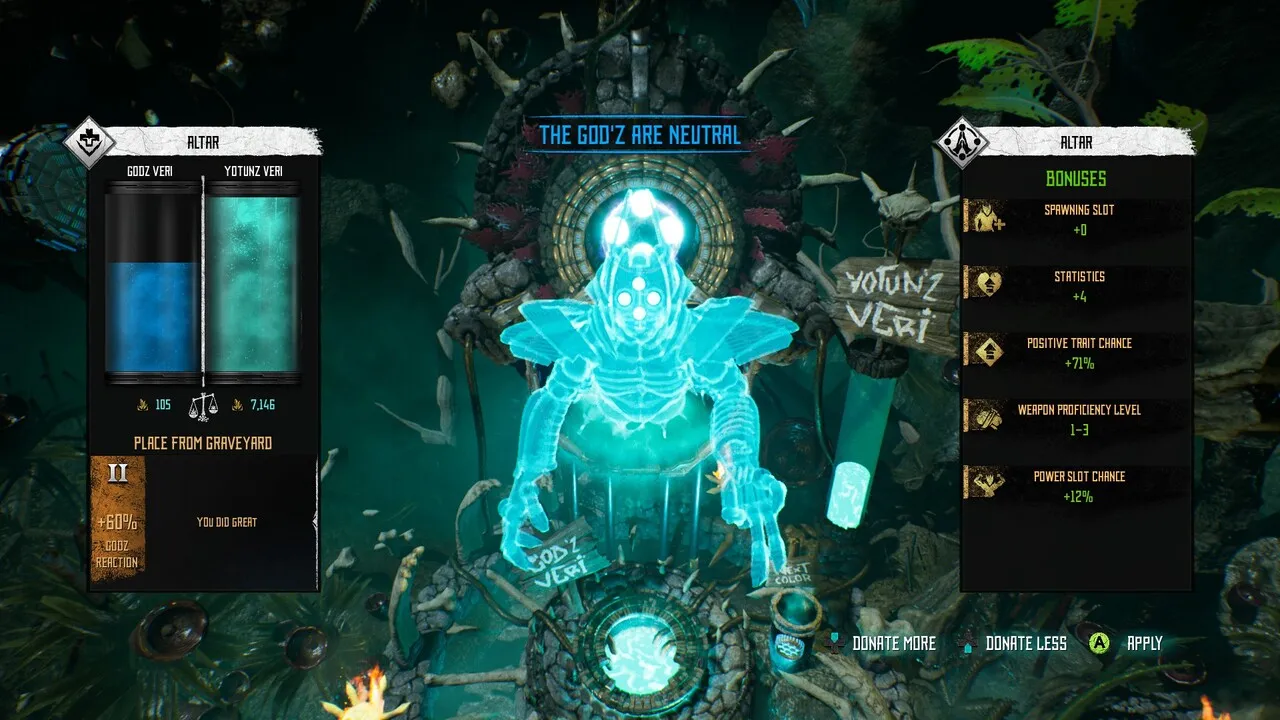 Unpolished Elements and Frustrations
Unpolished Elements and Frustrations
In conclusion, Arboria offers a unique rogue-like experience with its distinctive art style, engaging combat, and robust character progression. However, its uneven difficulty, unpolished elements, and frustrating design choices detract from the overall enjoyment. While the core gameplay loop is initially captivating, the game’s flaws become increasingly apparent as players delve deeper into Durnar.





Comments (0)